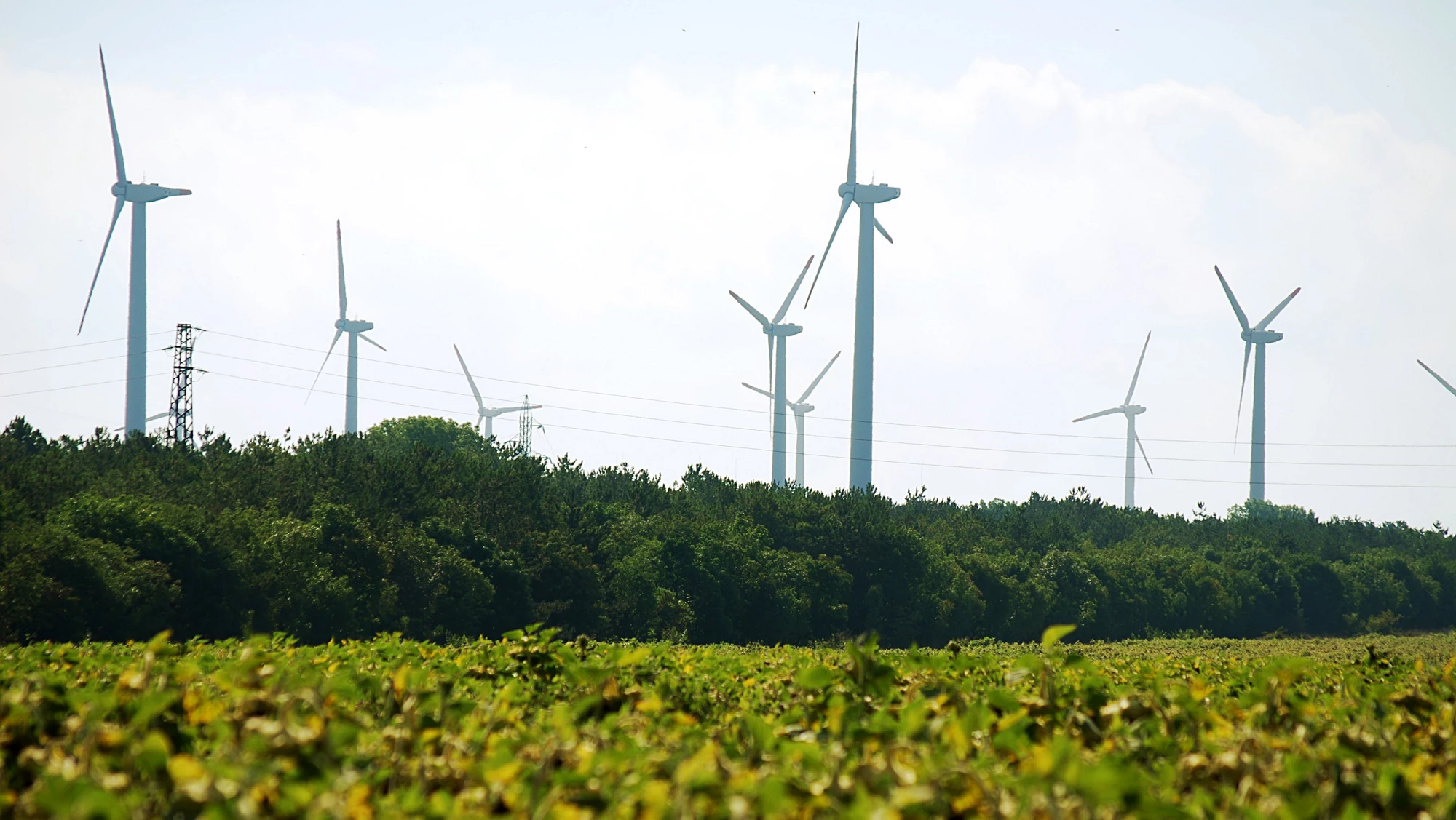 Wind Park near Kavarna, Bulgaria. Photo credit: Ivelina Taushanova/World Bank
Wind Park near Kavarna, Bulgaria. Photo credit: Ivelina Taushanova/World Bank
This post can also be found on the Voices blog in English, Portuguese, Français, Español, and 中文
The public and the private sectors have a shared interest in sustainable economic growth and resilient infrastructure. Yet, today's reality is that global economic growth is weak, while downside risks remain concerning. Coupled with this is the toll climate change continues to take on our planet and the unpredictable future it brings. While these circumstances will affect us all, we know that developing countries are especially vulnerable to both macroeconomic slowdowns and the impacts of climate change.
Investments in sustainable infrastructure are a "win-win" for economies: they help increase productive capacity and lift economic growth rates, while strengthening a country's resilience to withstand and even combat future climate risks. Lifelines, a report by the World Bank and the Global Facility for Disaster Reduction and Recovery, finds that the net benefit of building more resilient infrastructure in low- and middle-income countries would be $4.2 trillion with $4 in benefit for each $1 invested.
Yet, governments lack the financial capacity to fill these needs alone. The private sector must play a bigger role. Unlocking the approximately $80 trillion long-term investor asset base, which includes assets under management from insurance companies, pension funds, and sovereign wealth funds—for example—would go a long way to help finance these requirements.
A call to action: Three key pillars can make the world more resilient
First, investing in sustainable infrastructure requires us to spend more and better. Yet, many countries aren’t constructing the infrastructure necessary to advance economically. And when they do, they aren’t adequately insured to protect them from the potential impacts of climate change, such as physical and transition risks.
Second,institutional investors such as insurers are ideally positioned to commit long-term infrastructure funding, given the long-time horizon of their liabilities. Nevertheless, World Bank research shows that institutional investors’ share of total global private participation in infrastructure financing is a scant 67 percent. There are many challenges to overcome to encourage greater participation; for example, we know that that greater standardization would help. Yet, one of the greatest challenges for investors is still the lack of bankable opportunities, particularly in sustainable infrastructure.
This is where global platforms such as the Global Infrastructure Facility (GIF) can play a critical role. Through the GIF, we’re among 50 partners that provide the voice of the private sector—sharing knowledge and conducting market soundings to help create an enabling environment for sustainable infrastructure projects that are bankable. In particular, Swiss Re and the GIF support harmonized project terms and disclosure requirements to facilitate more investor engagement.
The third pillar is the use of smart public private partnerships (PPPs), which can reduce pressures on government budgets. Done well, PPPs can lead to efficiency gains, provide attractive returns, and enable effective risk-sharing. The latter is particularly important for institutional investors, as less than 20 percent of the 500 largest cities in the world have an investment grade credit rating. A "best practice" pilot benchmark PPP transaction for both contract terms and documentation would be of great value for all parties—especially if a multilateral development bank is involved—and moves us forward in creating a tradable asset class.
Sustainability must be at the core of our infrastructure investment decisions
At Swiss Re we believe that sustainable investing also makes economic sense. Our paper "Responsible Investments – The next steps in our journey" shows that environmental, social, and governance (ESG) benchmarks improve the risk-adjusted return profile over the long term. That is why we now invest close to 100 percent of our roughly $130 billion in assets that meet our ESG criteria.
The public sector, including multilateral development banks, also makes key contributions. For example, two-thirds of the GIF’s portfolio is currently climate friendly and we expect this number to grow as the private sector increasingly focuses on ESG values. To push this along, we will publish a joint paper with the GIF on Sustainable Infrastructure to further strengthen the public-private dialogue.
As eyes are on Madrid this week for the UN Climate Change Conference, there’s no doubt that climate risk is systemic risk. We must not wait to do what's right to prevent a climate Minsky moment. The public and the private sectors must work hand in hand. Investing in sustainable infrastructure, particularly in developing countries where the needs are the greatest, is an opportunity to foster economic and climate resilience, while also boosting global prosperity.
Disclaimer: The content of this blog does not necessarily reflect the views of the World Bank Group, its Board of Executive Directors, staff or the governments it represents. The World Bank Group does not guarantee the accuracy of the data, findings, or analysis in this post.
Related Posts
Municipal infrastructure needs more investment: harnessing private capital (responsibly!) will help
Factoring climate risk into infrastructure investment
What’s next for ESG and investment decisions?
How to protect infrastructure from a changing climate
This blog is managed by the Infrastructure Finance, PPPs & Guarantees Group of the World Bank. Learn more about our work here.


Join the Conversation